-
Posts
1,154 -
Joined
-
Last visited
-
Days Won
3
Content Type
Profiles
Forums
Gallery
Downloads
Blogs
Events
Store
Aircraft
Resources
Tutorials
Articles
Classifieds
Movies
Books
Community Map
Quizzes
Posts posted by Jabiru7252
-
-
I've done a lot of work with RAAF pilots. One day I was on base after a hard days work chasing F18s around the sky. I noticed the F18 pilot was using Oz Runways to plan his flight back to Williamtown RAAF base. Interesting the jet has squillions of dollars of 'stuff' on board but he preferred Oz Runways. Apparently he uses it when flying Jabirus during his off work time.
-
 1
1
-
 2
2
-
-
I was taught that if the engine died during circuits you DO NOT have to land on a runway. Aim to get back on the ground in one piece and if that means landing across runways and taxi ways then so be it. Better than landing in some poor plebs backyard or worse, in their bedroom.
-
 2
2
-
-
I want to hear radio calls in the circuit, I give radio calls in the circuit. Unless radio calls are so frequent that they are over the top of each other then shut up and listen.
-
 2
2
-
-
On 08/11/2022 at 2:22 PM, FlyBoy1960 said:
Given the huge price we pay for aviation radios I would say that they would have protection against high SWR. It's easy to implement, being found in cheap CB radios. If my radio was 'cooked' because the antenna was rubbish I would have every right to shove the radio down the manufacturer's throat.
-
 2
2
-
 1
1
-
-
I went to Oshkosh back in 1990. Great event. Talking to some of the folks who owned WW2 aircraft, they said that many of the planes they own are old in years but only young in terms of flying hours. Apparently motor bikes and jeeps were the same, brand new yet years old and cheap as chips in the USA. Imagine a 1942 WLA Harley Davidson motor bike still in the crate going for a song. How many hours had that B17 done before it was smashed into at the airshow? What a terrible thing.
-
 1
1
-
-
17 hours ago, onetrack said:
Media reports state the victims were an 80-year-old Caboolture man and a 77-year-old Glenwood man. No identification of the aircraft, rego numbers are blanked out in videos, and it's almost impossible to tell the make of aircraft, but I'd have to guess it's an ultralight. Doesn't seem to be any mention of the ATSB getting involved at this point. This is certainly a real tragedy, and just another reminder to stay aware of other aircraft in your area.
At 77 years and 80 years of age, 'staying aware' becomes pretty dismal for most. I gave away flying at 66 because I'm starting to do stupid things and forgetting to do not-stupid things.
-
 1
1
-
 1
1
-
-
Another dickhead showing off?
-
My Ford transit van sat for two years in the back yard, started after a new battery was fitted and ran fine.
-
A few years ago some members of the Adelaide Soaring club did a tour of our BoM establishment here is South Australia. I really enjoyed it, and their super computer can play Quake III Arena like no other....
-
 1
1
-
 1
1
-
-
Apparently the Bureau of Meteorology wants us to use the term "The Bureau" and never use "BOM" when referring to them. I want to encourage everybody to ignore this (expensive) stupidity and to continue using BOM and Bureau of Meteorology. Another example of needless stupidity from very silly people.
https://www.abc.net.au/news/2022-10-18/bureau-of-meteorology-plibersek-rebrand-floods-bom/101547984
-
 1
1
-
 3
3
-
 1
1
-
-
18 hours ago, FlyBoy1960 said:
Its reported by ATC in a mayday call. Not bashing but its a fact of life. You have a MUCH higher chance of an event in a Jabiru powered aircraft than anything else. Just ask CASA.
It's not the statistics, it's the lame way you posted.
-
Just another idiot bashing Jabirus...
-
 1
1
-
 2
2
-
-
On 13/08/2022 at 11:41 AM, RFguy said:
Here you go folks, on a typical master relay or starter solenoid. This is not my fastest scope, but fast enough.
First pic, what happens without any spike protection :Note in the bottom left corner, the voltage per vertical division (vertical scale)
This is 50V per division. The negative spike is off the scale, > 250V negative, and ! 100V positive.Nasty ! This is what kills electronics. And the length of the transient is long (a few microseconds) = lots of energy.
The time divisions are 5uS per division.
These long voltage pulses can rip through the whole wiring harness...***************************************************************************************************
Second pic - with a 1N5408 rectifier diode across the coil,
Vertical scale is 10V /division.
negative spike is at -1V. positive spike is at about 33V. Much better !
And the spike length is very short- less than 200nS. Most electronics designed for 12V would survive this most of the time.Not bad. The time divisions are 200nS (0.2uS) per division.
**********************************************************************
Third pic - This is with my recommended 1N5819 Schottky rectifier diode across the coil.
Maximum excursion is about +22V. Negative excursion ~ -0.2V
and its fast - it is all over within 200nS !**************************************************************
Fourth Pic- using a 18V UNIdirectional TVS voltage transient diode across the coil. Type
It is designed to clamp -1V in one direction and +18V in the other direction.
It's designed to be placed on a voltage bus and deal with all nasties.
These diodes are designed for when there is LOTS of energy to be dumped. Alternators can dump lots of energy if disconnected.
Notice the behaviour- clamp is around 0Volts on negative, and peak about 20V positive. But has substantial ringing.
Length of the ring is about 1uS. Use unidirectional, not bi-directional. (they come in both types)*********************************************************************
So when to use the rectifier diode, and when to use the TVS diode ?
The TVS diode can be placed across the 12V bus and will clip the positive and negative excursions.
A rectifier diode placed across the bus will only clip negative excursions- the rectifier diode must be placed across the relay or contactor- that is it must be placed across the inductive component that is generating the high voltage spikes.
So the summarize :
Place across relay or contactor or solenoid : 1N5819 , or 18V TVS diode (band to positive side)...or 1N4007 (2nd choice - good) or 1N5408 3rd choice.
Place across 12V bus : 18V TVS diode
Place across alternator battery connnection regulator output : 18V TVS diode.
When using TVS diode, buy the unidirectional, not the bi-directional. Band to Positive.-glen english
Howdy. My cheap digital CRO lets me save the screen to a USB stick so I don't have to photograph it. Also, if you put a diode across a solenoid or relay to stop the spike, should not the spike be limited to 0.6 volts?
-
On 13/04/2022 at 2:11 PM, Old Koreelah said:
OzRunways’ scratchpad is quite useful for that.
I wouldn't be dicking about with a Ipad while in the circuit!! 😲
-
 3
3
-
-
My first PPL was the green booklet, issued in the 80s, then a plastic card came in the post, many years ago. I can only guess what a digital license is. As for Piper Warriors not having changed much of the last thirty years, I bet the amount of rust has! And it seems to me people are ripping out the 'steam' gauges and fitting flat screens.
-
Rambles on a bit...
-
 1
1
-
 1
1
-
-
That's not a 230! let's see the J230!
-
 1
1
-
-
I did spin recovery and spiral dives in the Piper Tomahawk (PA38). I'd rather wash a horse down with my tongue that go through that again. Spirals were scariest because you could pull the wings off your plane if you panicked.
-
 2
2
-
-
The highest winds I have encountered on landing were 30 kts and that was 30° off the nose. Being in a Tobago TB10 it handled that quite well. I found as I grew old and feeble my abilities lessened. Sadly, I no longer fly. However, like Lego, Tonka Toys and romps in the back of the EH Holden these things are now in the past. I have now taken up chemical engineering - turning alcohol into urine. It's reasonably cheap and easy to do.
-
 3
3
-
 6
6
-
-
3 hours ago, F10 said:
I would think removing one door would be ok, two could allow to much airflow in cabin and could be a drag problem. Cherokee doors often have opened in flight without big issues, because I think it’s only got one door. Best policy is stick to what flight manual allows!
I flew from Parafield to Tumby bay in a PA28 with the door open. Didn't even know until my passenger asked if it was dangerous. The gap was maybe one inch and the effects were zero.
-
Maybe the powers that be will use smoots as a measure instead of mph, kts or kph. Google smoots if you have no idea...
-
You could have a small conversion chart with critical speeds listed in knots and stick it next to the ASI. It wouldn't take long for the 'conversion' to come naturally. I am curious as to why some places refuse to go metric, it is sooooo much better.
-
 1
1
-
-
I don't believe the doors offer any extra structural support and you don't have to unlatch them in a forced landing, even locked you can just push the doors open, they are that flexible.
-
 2
2
-
 1
1
-
-
23 hours ago, cooperplace said:
I practice engine-out landings all the time in the Jab, and actually it doesn't fly too badly. Not the same as with power, but very controllable. It helps if you have practiced.
The Jabiru J170 with its big wing flies very nice with the power back to idle. The fact that the J170 wants to keep flying makes it harder to land in a small paddock when the engine stops.


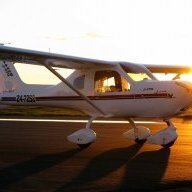
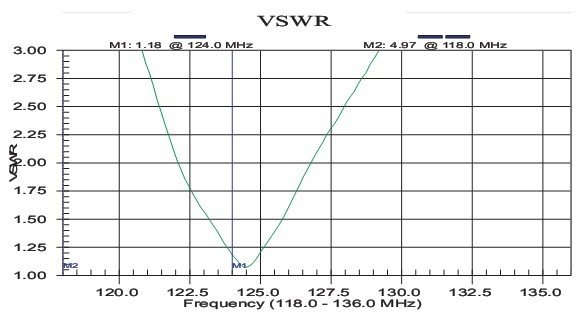
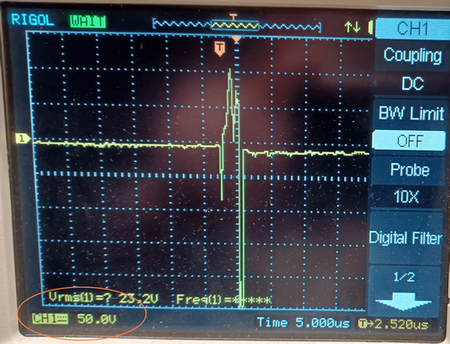
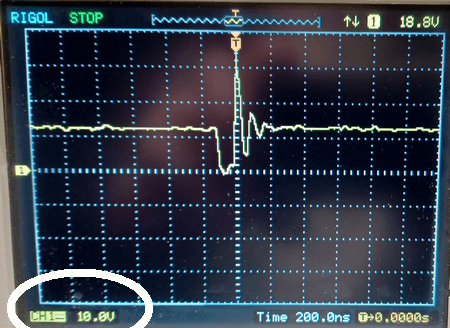
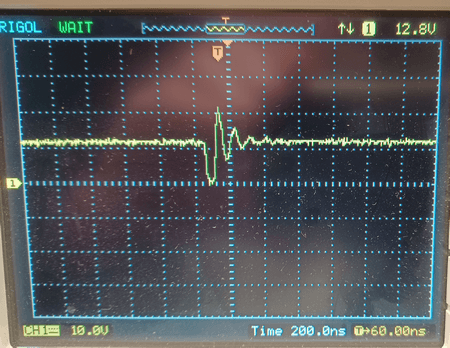
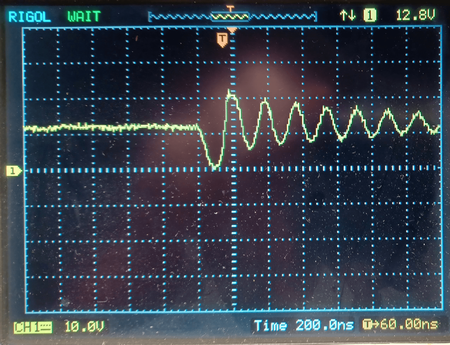
Things you see on OzRunways.
in Instruments, Radios and Electronics
Posted
I used a Garmin Nuvi 340 GPS when flying. It could be 500m out for all I care. If you can't find the strip at 500m you should be flying models.